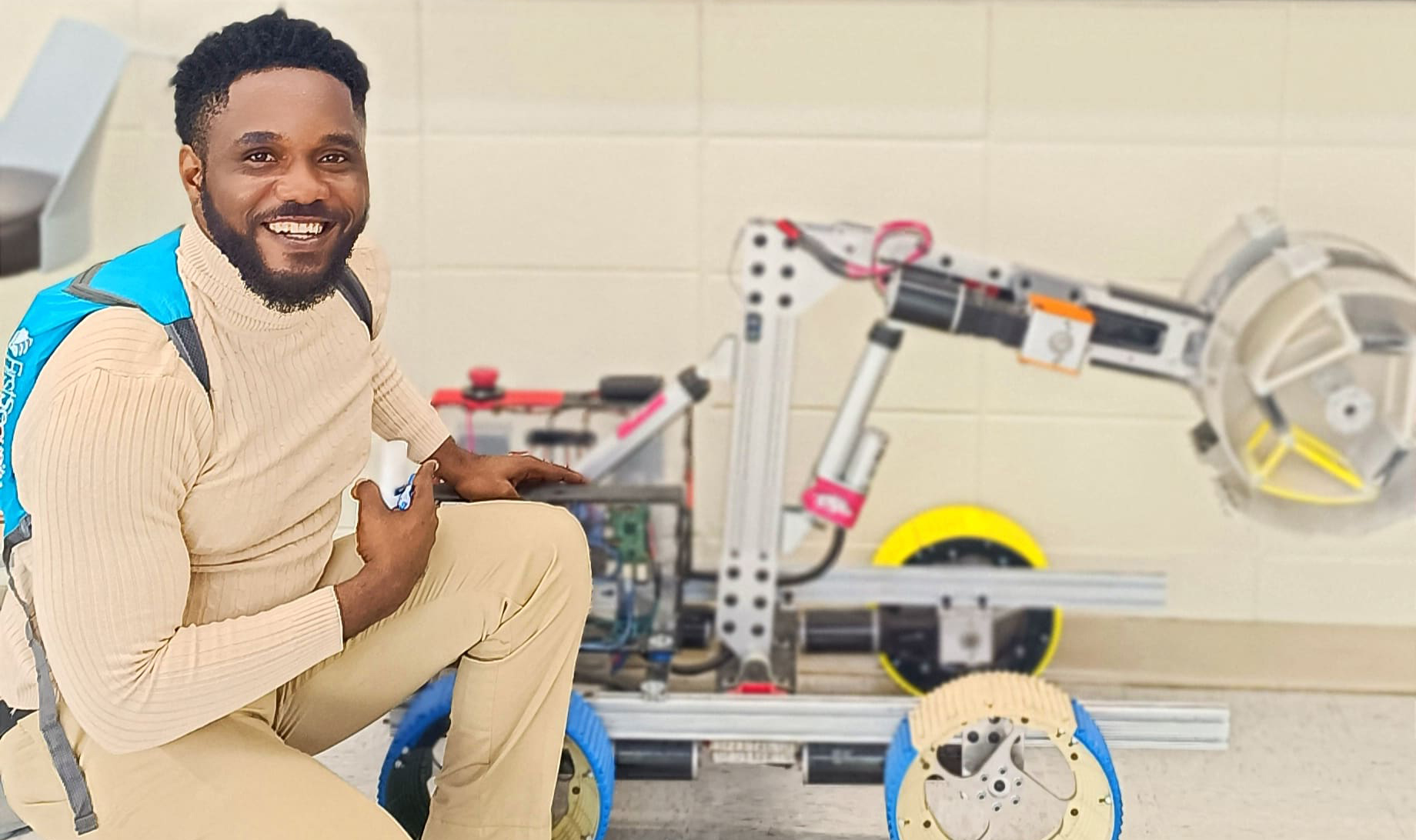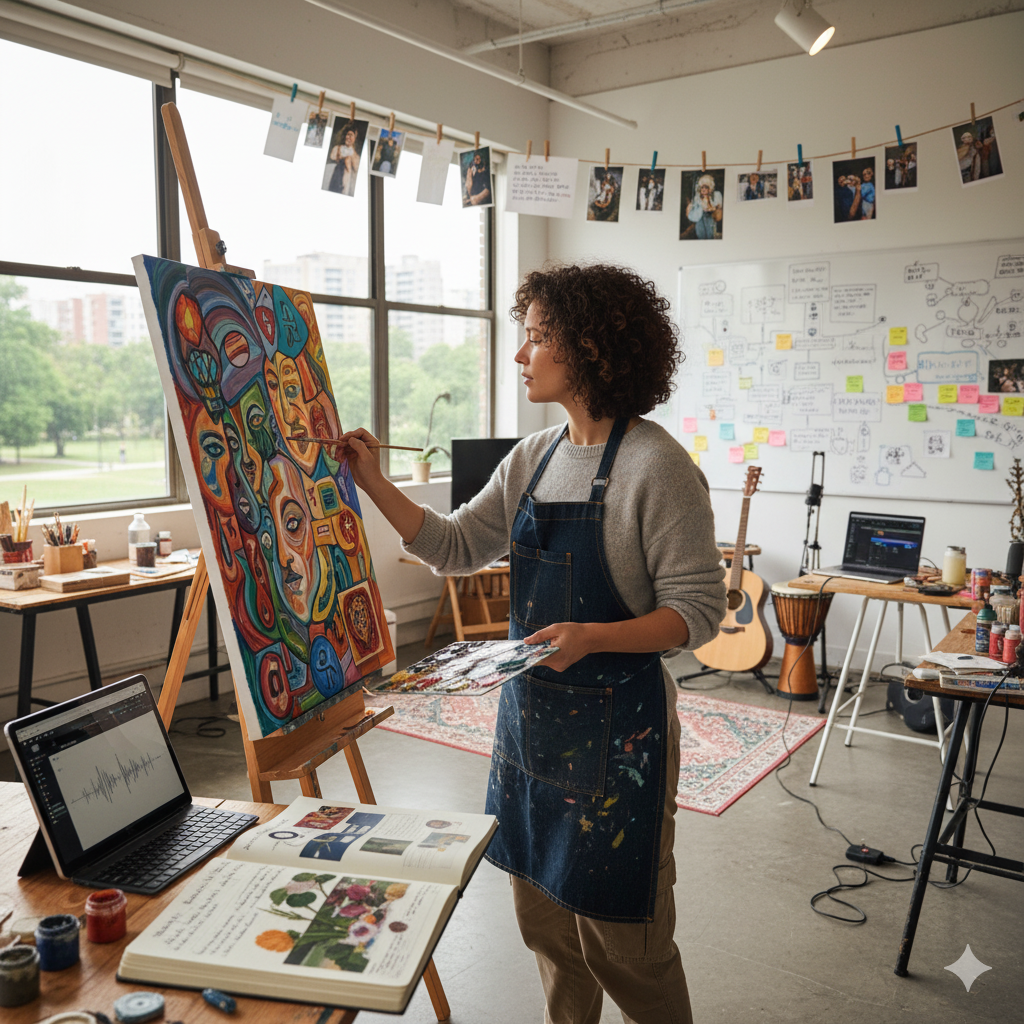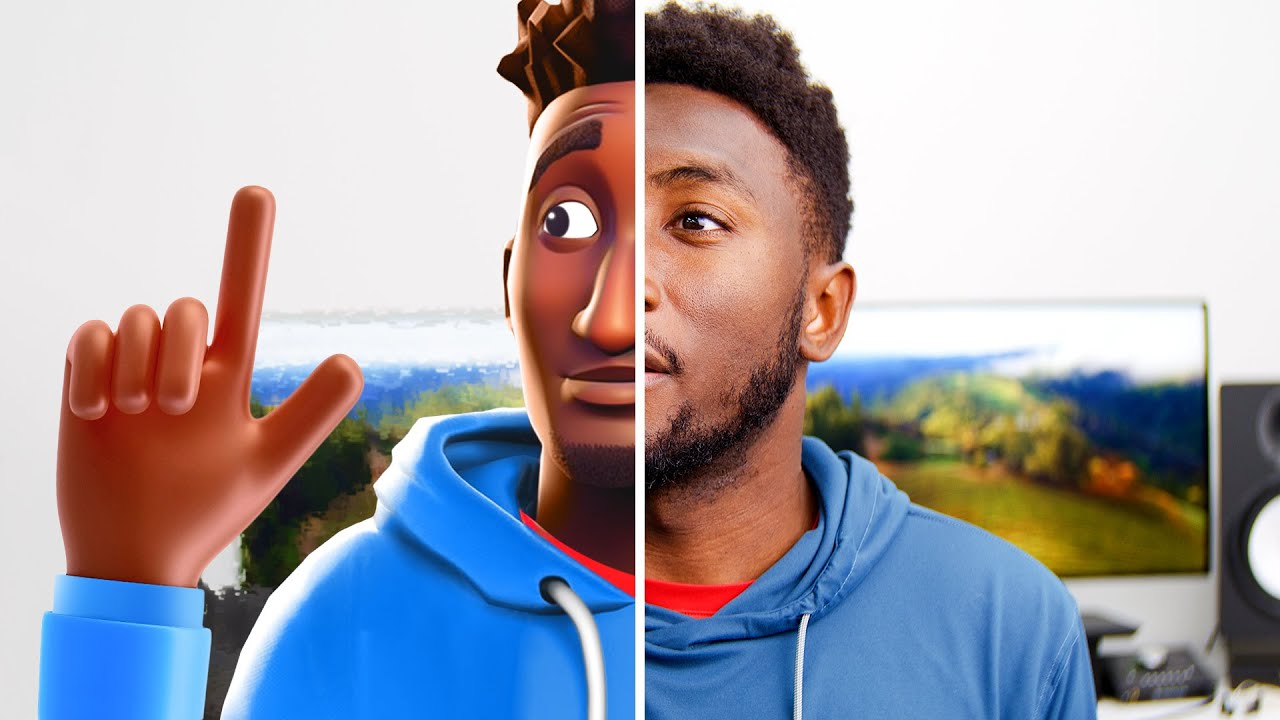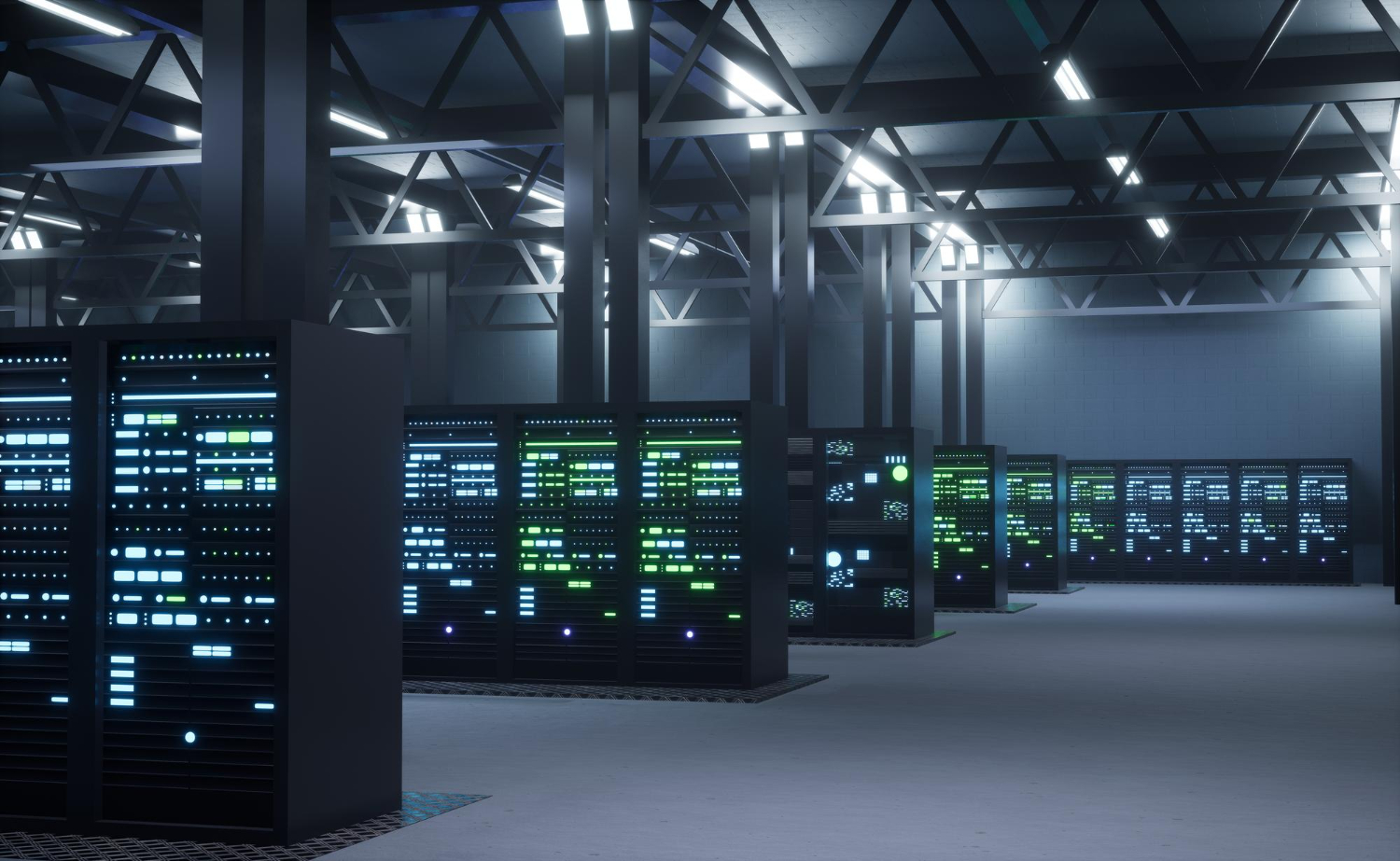The field of AI video generation is exploding! Here’s a rundown of some of the key players you mentioned, plus a few others making waves:

High-End, Realistic Video Generation:
- Sora (OpenAI): Sora is generating a ton of buzz for its ability to create incredibly realistic and imaginative videos from text prompts. It can handle complex scenes with multiple characters and objects, and even incorporate camera movements. Think of it like DALL-E for video, but with even more potential. It’s currently invite-only, so access is limited.
- Google VEO 2: Not much is publicly known about this successor to Google’s Imagen Video, but it’s likely to be a major contender in the AI video space, given Google’s research power.
Creative Tools and Platforms:
- Runway: Runway ML is a favorite among artists and creatives. It offers a suite of AI tools for video generation, style transfer, and more. You can use it to create everything from short, stylized clips to longer, more experimental pieces.
- Pika Labs: Pika is gaining popularity for its user-friendly interface and ability to generate quick, shareable videos from text prompts. It’s great for social media content and casual video creation.
Emerging and Specialized Tools:
- Haiper: Haiper focuses on AI-powered video editing, making it easier to create professional-looking videos without extensive editing skills.
- Luma AI: Luma specializes in 3D capture and rendering. While not strictly a video generation tool, it can be used to create realistic 3D environments that can be incorporated into videos.
- Kling: Kling is geared towards creating marketing and explainer videos. It uses AI to automate the process of turning text or scripts into engaging visuals.
- Minimax: Minimax is a Chinese company developing a range of generative AI models, including those for video. They’re definitely one to watch in the evolving AI landscape.
Key Trends in AI Video Generation:
- Increased Realism: Models are getting better at generating high-fidelity videos that are almost indistinguishable from real footage.
- Text-to-Video: The ability to create videos simply by describing what you want is becoming increasingly common.
- Creative Control: Tools are giving users more control over the creative process, allowing them to fine-tune the output and achieve specific artistic styles.
- Accessibility: AI video generation is becoming more accessible to everyday users, with user-friendly interfaces and simplified workflows.
This is a rapidly evolving field, so expect to see even more impressive tools and capabilities emerge in the near future!










Leave a Reply